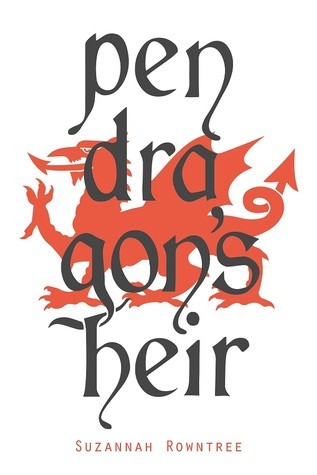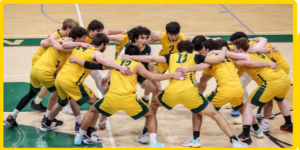Pendragon’s Heir: Arthur and the Knights of the Round Table get new tale

Released March 25, 2015, Pendragon’s Heir is an Arthurian novel of knights, grail maidens, fey, and kings. Unique in its style and plot sequence, Pendragon’s Heir mirrors such epic poems and stories as Spenser’s “The Faerie Queene.”
September 30, 2015
Having never delved into Arthurian Literature, one can get a bit disoriented by the language and plot progression at the beginning. “Old time” English, Welsh, and Latin is alluded to.
While it does have a climax, the progression to and the conclusion of the novel will be new to most modern readers. Instead of following the progression of movies, as other books have taken for a reference point, it follows more of an epic poem structure.
Before this starts to sound dull and scary, it is not difficult to follow once you catch the rhythm of the book and there are many adventures, incidents, love interests, and scandal in which the reader may get immersed.
While in the beginning, coming from a modern viewpoint, the knight’s duels for honor, practice, sport, and property may seem silly and unnecessary. Blood could easily be spilled if one knight even eyed a respected lady askance.
However, upon learning more of the honor and chivalry code of the knights, along with the dangers and lawlessness that is always right around the borders of Camelot, the quickness of the knights to pick a fight makes more sense.
“I do know the story of Arthur and the Knights of the Round Table because I watched the Disney version of the story when I was younger. I remember really liking it and I would be interested in reading more about it,” junior Leila Kazemi said.
While allegory has been frowned upon as a writing style for the poorly imaginative and lazy writer, author Suzannah Rowntree argues that true allegory is a lost art that “where we see it primarily as a way of inserting meaning into narrative, they [medievalists] saw it primarily as a way of extracting meaning from narrative.”
Rowntree explains that she has taken the medieval sense of allegory and worked off of that interpretation. However, the whole novel is not allegorical.
“It [allegory] was often used as a literary device like metaphor, foreshadowing, or dramatic irony-just another tool in the author’s toolbox, used and then set aside to strengthen a particular effect.”
Her final conclusion on incorporating allegory into her novel is as follows: “I have found allegory capable of astonishing maturity, variety, poignancy, and beauty. Let it be a lost art no longer.”
Moral problems are brought up, justice versus mercy is debated, adultery is implied between Guinevere and Lancelot, war and its tactics are debated and discussed, and religion plays a frequent role in the story.
“I do not know that I’ve ever read an allegorical story, not counting the Bible, because medieval literature seems pretty obscure and no one else seems to use allegory anymore,” junior Christina Caporale said.
It is a unique and well thought out story with attention to period detail and an interesting and well-paced plot. There is so much to learn and take from the story, as the allegorical aspects can be considered to add further depth to many scenes throughout the novel. Interested in reading the book or at least finding out a little more about it? Check out goodreads for an excerpt and reader’s reviews and buy it here.
Sources: Living on Literary Lane: Recovering Allegory (Guest post by Suzannah Rowntree), Vintage Novels Blog






